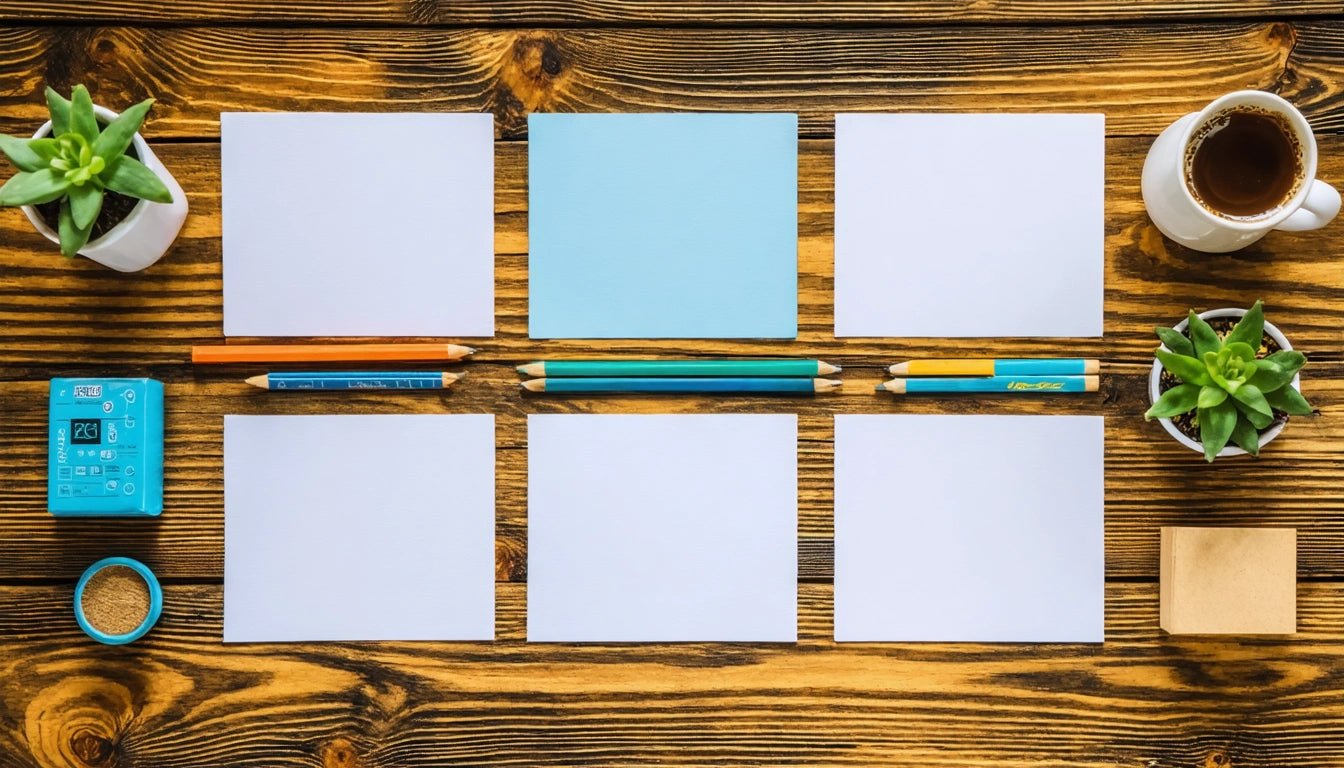Table of Contents
Top Visiting Card Designs for Making a Lasting Impression
In today's competitive business landscape, your visiting card often serves as the first tangible interaction potential clients have with your brand. The best visiting card designs combine aesthetic appeal with strategic communication, creating a powerful tool for networking and brand recognition. This guide explores top design approaches, materials, and trends to help you create cards that recipients will remember and keep.
Essential Elements of the Best Visiting Card Designs
Creating an effective visiting card begins with understanding the core elements that contribute to a professional and memorable design:
- Clear hierarchy of information: Name, position, and contact details should be instantly scannable
- Appropriate white space: Prevents the card from appearing cluttered
- Consistent branding: Colors, fonts, and styling that align with your overall brand identity
- Quality printing: Sharp text and graphics without bleeding or misalignment
According to business card design trends for 2025, minimalist designs with strategic use of color continue to dominate preferences among professionals. However, the best visiting card design for your needs will depend on your industry, target audience, and personal brand positioning.
Creative Approaches to Stand Out
Interactive Elements
Modern visiting cards often incorporate interactive elements that engage recipients:
- QR codes linking to digital portfolios or websites
- Augmented reality features accessible via smartphone
- Fold-out or multi-layer designs that reveal additional information
- Die-cut shapes that represent your business or services
For inspiration, impressive business card examples showcase how creative concepts can transform a simple card into a memorable brand experience.
Color Psychology
The strategic use of color significantly impacts how your card is perceived:
- Blue: Conveys professionalism, trustworthiness, and stability
- Green: Associated with growth, health, and environmental consciousness
- Black: Projects sophistication, luxury, and authority
- Red: Communicates energy, passion, and urgency
The best visiting card designs often use color as a functional element, not just decoration. For example, color-coding can help guide the eye to different information sections.
Material Selection for Premium Impact
Material choice significantly influences perception and durability. Premium materials can transform even simple designs into memorable touchpoints. Some popular options include:
- Cotton paper: Offers a luxurious texture and excellent ink absorption
- Metal cards: Create a substantial, premium impression
- Wood veneer: Provides a natural, organic feel suitable for creative or sustainable brands
- Recycled materials: Communicate environmental consciousness
When selecting materials, consider both the tactile experience and practical aspects like writability and durability. Just as premium natural materials elevate product experiences in other industries, the right card stock can significantly enhance the perceived value of your business card.
Industry-Specific Design Considerations
The best visiting card design varies significantly across industries:
Creative Professionals
Designers, photographers, and artists benefit from cards that showcase their creative abilities:
- Portfolio samples incorporated into the design
- Unique formats that demonstrate creativity
- Specialized printing techniques like spot UV or foil stamping
Corporate and Financial Services
Traditional industries typically require more conservative approaches:
- Classic layouts with subtle modern touches
- Embossing for a tactile element without flashiness
- Traditional sizes and shapes for easy storage
Technology and Startups
Forward-thinking companies often use cards to demonstrate innovation:
- Smart cards with embedded NFC chips
- Minimalist designs with bold typography
- Unconventional materials like transparent plastic or recycled electronics
Understanding industry expectations while finding ways to stand out is key to creating the best visiting card for your specific context.
Technical Specifications for Professional Results
Even the most creative design needs proper technical execution:
- Standard dimensions: Typically 3.5 × 2 inches in the US, though international standards vary
- Resolution: Minimum 300 DPI for print-quality images
- Bleed area: 1/8 inch beyond the trim edge to prevent white borders
- Safe zone: Keep essential elements at least 1/8 inch from edges
For detailed guidance on sizing, standard dimensions for business cards provides comprehensive specifications for different markets and printing methods.
Current and Emerging Design Trends
Staying current with design trends ensures your cards feel contemporary and relevant:
- Sustainability: Eco-friendly materials and production methods
- Digital integration: Seamless connections between physical cards and online presence
- Minimalism 2.0: Strategic simplicity with one standout element
- Textural contrast: Combining different finishes and tactile elements
When developing your best visiting card design, consider incorporating elements from best logo design practices to ensure visual consistency between your card and other brand touchpoints.
The most successful visiting cards don't just communicate information; they create a memorable experience that reinforces your brand identity and makes recipients want to reach out. By thoughtfully considering design elements, materials, and production techniques, you can create cards that serve as powerful networking tools and brand ambassadors.



















